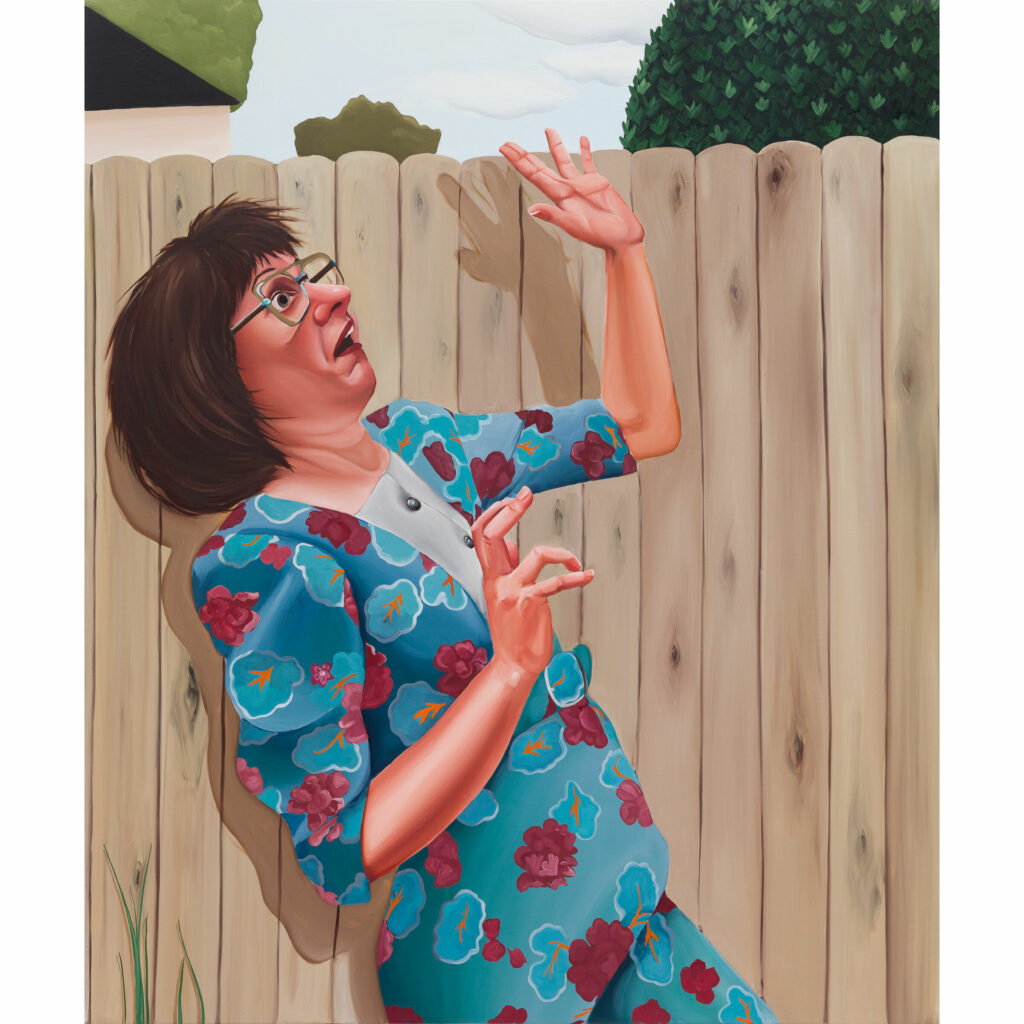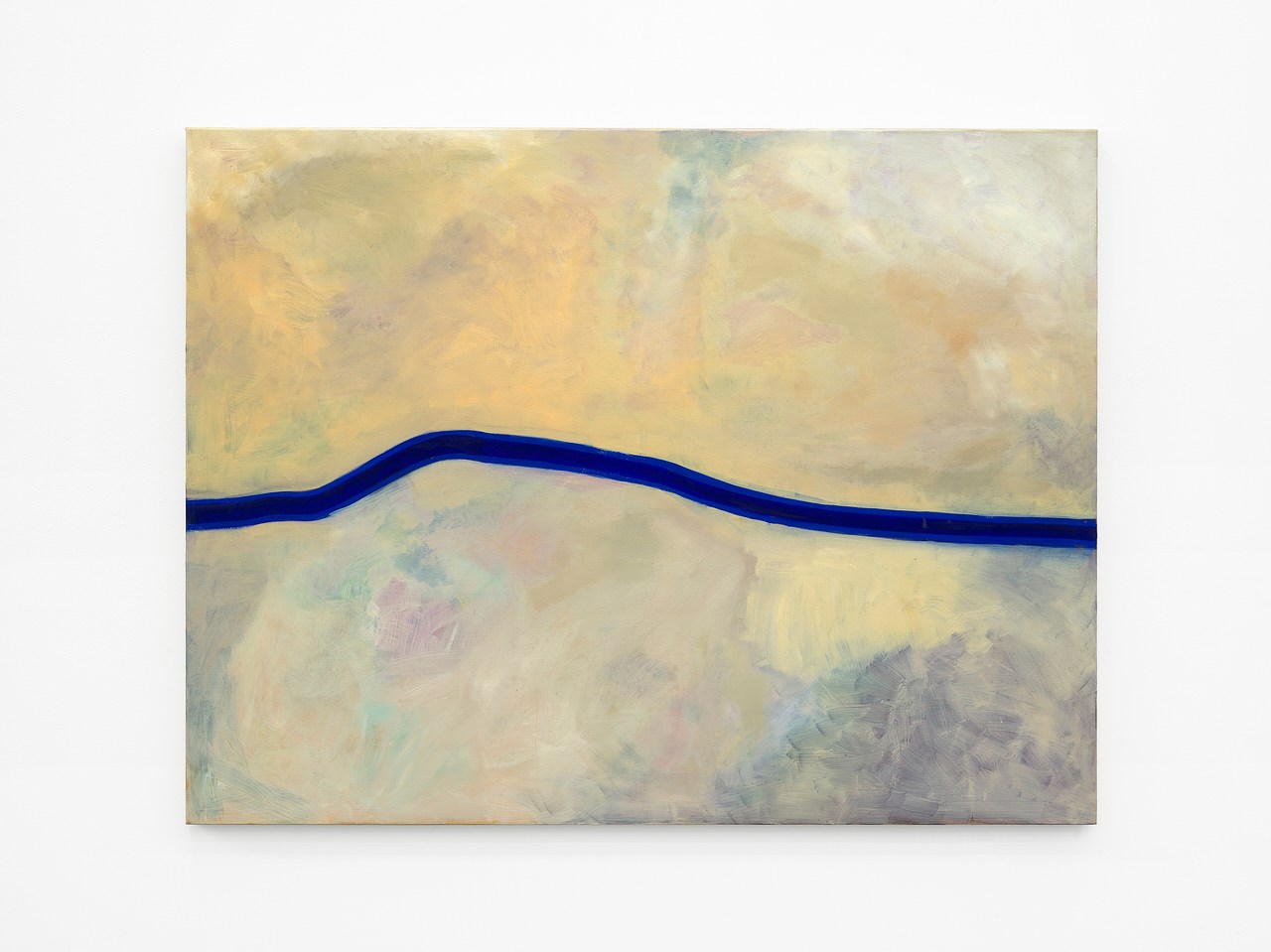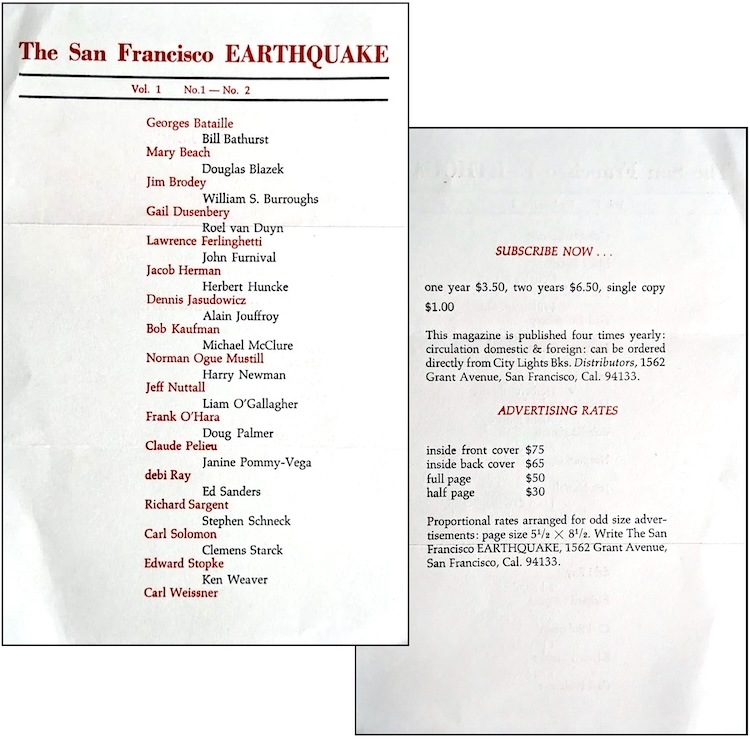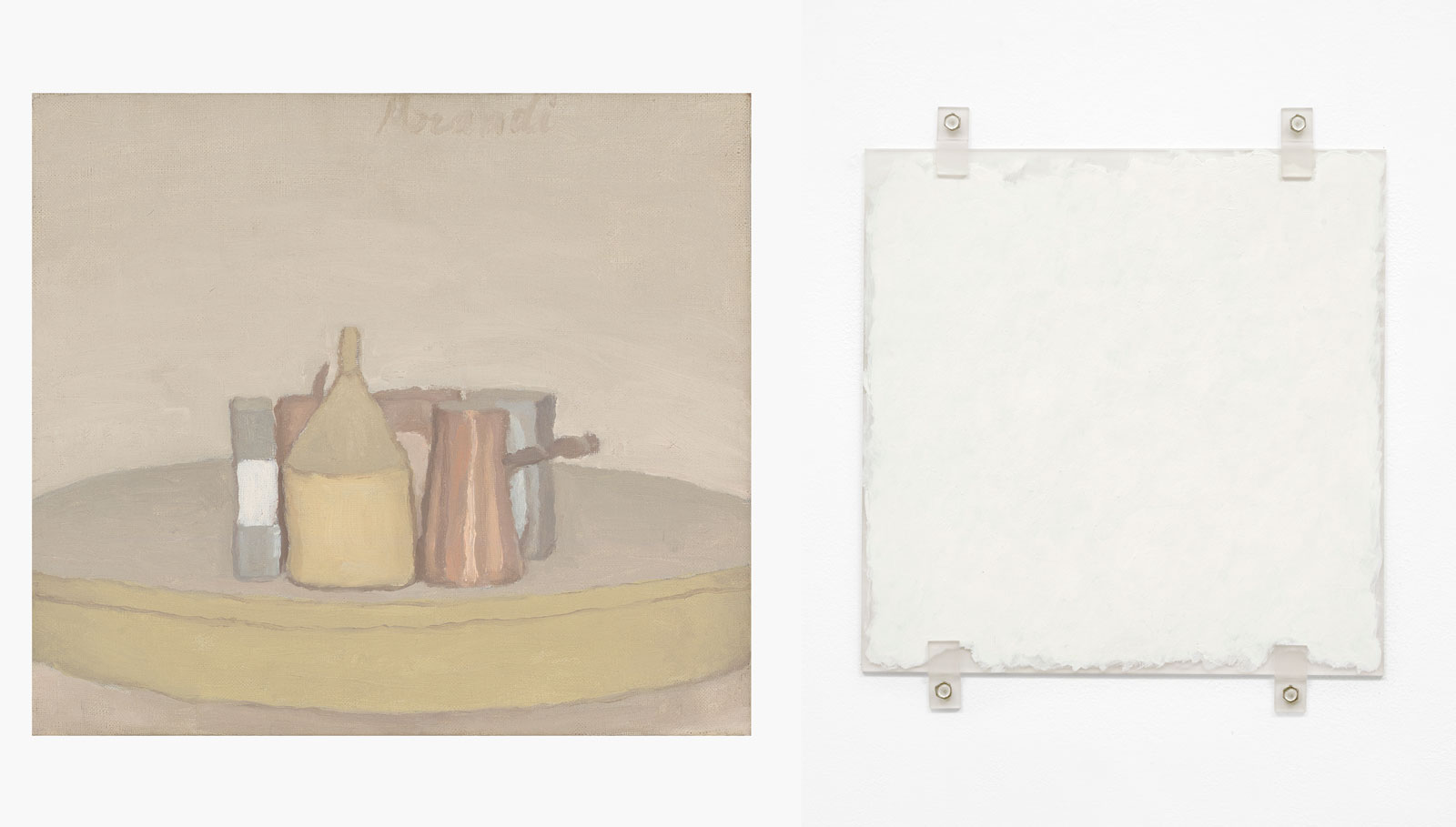Cimarrón
2020 - Sculpture (Sculpture)
70 x 120 x 120 cm
Paloma Contreras Lomas
Paloma Contreras Lomas has frequently used animals as metaphors in her work. This work’s title, Cimarrón , is the Spanish word for an untamed animal, the wild vegetation that grows in the open, or a runaway slave. Cimarrón is part of a larger series in which the artist turned scaled-up Mexican hats into meticulously hallucinatory landscapes. For these soft sculptures, Contreras uses different types of fabrics and synthetic materials that are traditionally associated with femininity. These floating, ready-to-wear works exist somewhere between a miniature diorama and a theatrical prop. However, a grain storehouse or a hydroelectric plant embedded into the landscape are the main characters of what the artist calls the ‘Mexican thriller’. The industrial structures that protrude from the landscape underscore the lost promise of a revolutionary agricultural class, coexisting with the ongoing threat of neoliberal industrial exploitation. Within this context, Cimarrón appears as a rugged and velvety, sexualized scenery, referencing the Mexican landscape as both a site of political revolution and one of exploitation and violence.
A writer and an artist, Paloma Contreras Lomas has developed a practice in which literature and fiction play a major role, allowing her to address a series of topics regarding race and class that are rarely broached by a traditional Mexican society. Positioning herself as operating from a feminine condition rather than a feminist stand, the artist claims her right to confront those particular political issues that have historically been associated with male libido, such as the relationship between nationalism and the occupation and instrumentalization of territory, and the further inscription of an extractive global economy. From that perspective, Contreras’s work seems to inscribe itself as the next logical step after the 1990’s activist take of artists like Minerva Cuevas, giving a much broader context to those very same issues as she reframes them at point in (Mexican) history in which gender violence, and the voices against it, have reached a peak. The artist’s amalgamation of narrative, film, performance, drawing, and sculpture offers alternative approaches to address social urgencies from a very personal, and sometimes autobiographical, perspective. Contreras is also a part of the Mexican artist collective Bikini Wax, formed in 2011. Bikini Wax founded an artist-run space whose undertakings have been characterized by a multidisciplinary and pedagogical approach to art.
Colors:
Related works sharing similar palette

© » KADIST
Jeamin Cha
2018Almost One by Jeamin Cha dives into an uncomfortable meditation on the relationship between socialization, performativity, truth, and childhood, filtered through the optics of a children’s acting class in South Korea...

© » KADIST
Manuel Solano
2020Since Manuel Solano became blind, they developed a technique that relies on audio descriptions that allow for an assistant to place pins and threads on a grid that guides the artist’s hands through the surface...

© » SLASH PARIS
Prix Marcel Duchamp — 2023 — Centre Georges Pompidou — Exposition — Slash Paris Connexion Newsletter Twitter Facebook Prix Marcel Duchamp — 2023 — Centre Georges Pompidou — Exposition — Slash Paris Français English Accueil Événements Artistes Lieux Magazine Vidéos Retour Prix Marcel Duchamp — 2023 Exposition Techniques mixtes À venir Prix Marcel Duchamp 2023 — Bertille Bak, Bouchra Khalili, Tarik Kiswanson et Massinissa Selmani © ADIAF Prix Marcel Duchamp 2023 Dans 9 mois : 2 octobre 2023 → 2 janvier 2024 Bertille Bak, Bouchra Khalili, Tarik Kiswanson et Massinissa Selmani sont les quatre artistes nominés par un comité de sélection composé de onze collectionneurs de l’ADIAF pour l’attribution du 23e Prix Marcel Duchamp...

© » ART & OBJECT
Italian Culture Minister Investigated Over Stolen Manetti Painting | Art & Object Skip to main content Subscribe to our free e-letter! Webform Your Email Address Role Art Collector/Enthusiast Artist Art World Professional Academic Country USA Afghanistan Albania Algeria American Samoa Andorra Angola Anguilla Antarctica Antigua & Barbuda Argentina Armenia Aruba Ascension Island Australia Austria Azerbaijan Bahamas Bahrain Bangladesh Barbados Belarus Belgium Belize Benin Bermuda Bhutan Bolivia Bosnia & Herzegovina Botswana Bouvet Island Brazil British Indian Ocean Territory British Virgin Islands Brunei Bulgaria Burkina Faso Burundi Cambodia Cameroon Canada Canary Islands Cape Verde Caribbean Netherlands Cayman Islands Central African Republic Ceuta & Melilla Chad Chile China Christmas Island Clipperton Island Cocos (Keeling) Islands Colombia Comoros Congo - Brazzaville Congo - Kinshasa Cook Islands Costa Rica Croatia Cuba Curaçao Cyprus Czechia Côte d’Ivoire Denmark Diego Garcia Djibouti Dominica Dominican Republic Ecuador Egypt El Salvador Equatorial Guinea Eritrea Estonia Eswatini Ethiopia Falkland Islands Faroe Islands Fiji Finland France French Guiana French Polynesia French Southern Territories Gabon Gambia Georgia Germany Ghana Gibraltar Greece Greenland Grenada Guadeloupe Guam Guatemala Guernsey Guinea Guinea-Bissau Guyana Haiti Heard & McDonald Islands Honduras Hong Kong SAR China Hungary Iceland India Indonesia Iran Iraq Ireland Isle of Man Israel Italy Jamaica Japan Jersey Jordan Kazakhstan Kenya Kiribati Kosovo Kuwait Kyrgyzstan Laos Latvia Lebanon Lesotho Liberia Libya Liechtenstein Lithuania Luxembourg Macao SAR China Madagascar Malawi Malaysia Maldives Mali Malta Marshall Islands Martinique Mauritania Mauritius Mayotte Mexico Micronesia Moldova Monaco Mongolia Montenegro Montserrat Morocco Mozambique Myanmar (Burma) Namibia Nauru Nepal Netherlands Netherlands Antilles New Caledonia New Zealand Nicaragua Niger Nigeria Niue Norfolk Island Northern Mariana Islands North Korea North Macedonia Norway Oman Outlying Oceania Pakistan Palau Palestinian Territories Panama Papua New Guinea Paraguay Peru Philippines Pitcairn Islands Poland Portugal Puerto Rico Qatar Romania Russia Rwanda Réunion Samoa San Marino Saudi Arabia Senegal Serbia Seychelles Sierra Leone Singapore Sint Maarten Slovakia Slovenia Solomon Islands Somalia South Africa South Georgia & South Sandwich Islands South Korea South Sudan Spain Sri Lanka St...

© » KADIST
Mika Tajima
2017Mika Tajima’s Pranayama sculptures are built from carved wood and chromed Jacuzzi jets and are presented as artefacts...

© » KADIST
Karla Kaplun
2019Studying the body in movement, this series of drawings depart from Karla Kaplun’s work A ztec BLAST® Workout (AWB) ...














